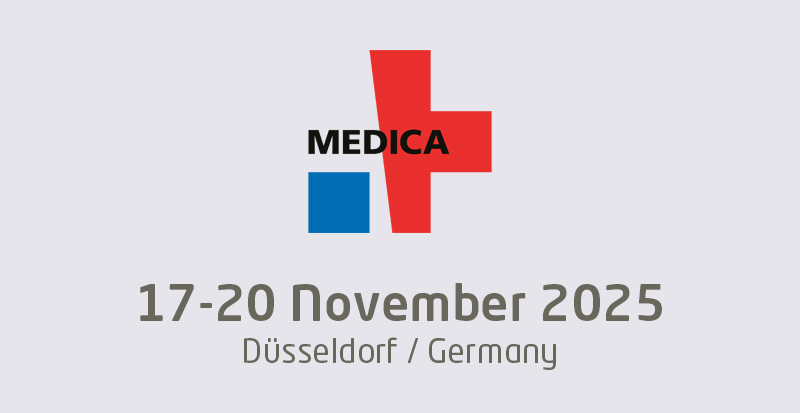The Board of Trustees for the American Medical Association (AMA) has recommended two steps for the association to take in order to maximize the benefits of EHR use in exam rooms and minimize disruptions to physician-patient interactions
“While the use of computers in the examination room clearly does affect clinical encounters, then, it equally clearly does not inevitably disrupt or undermine patient-physician interactions,” writes Steven Stack, MD, in a report to the AMA Board. “Technical improvements in EHRs that focus required computer tasks on activities that meaningfully influence patient outcomes, or that streamline data input and reduce the time needed to complete common tasks in clinical work and decrease the potential for distraction, will help minimize the possibility for disruption.”
In particular, the report looks to approaches and tips published by Kaiser Permanente and Family Practice Management that identify ways physicians can leverage EHR technology to improve their interactions with patients. “The data suggest that incorporating such relatively simple behaviors may be as effective as any other response to the challenges of integrating computers and EHRs into interactions with patients,” notes the report.
Kaiser Permanent uses the acronym LEVEL to remind clinicians of five actions they can take to integrate EHR clinical documentation into their patient encounters:
• let the patient look,
• eye contact,
• value the computer as a tool,
• explain what you are doing, and
• log off and say you are doing.
The tips from Family Practice Management basically reiterate the LEVEL approach, although they do provide further information about the importance of using a mobile monitor and limiting typing to those entries that must be made during the actual patient encounter.
AMA is setting out to raise physician awareness of best practices for effectively using computers and EHR systems through their publications and to encourage physicians to gauge the opinions of their patients through patient-satisfaction surveys at their various practices.
Beyond providing recommendations to increasing the use of computers and EHR systems in the exam room, the report puts to bed concerns about the perceived negative impact of this technology on physician-patient interaction through a review of the literature. “These concerns have been explored in several studies of patient satisfaction. Over the past two decades, research has consistently indicated that patient satisfaction does not appear to be adversely affected by the introduction of computers into the examination room,” explains Stack.
























